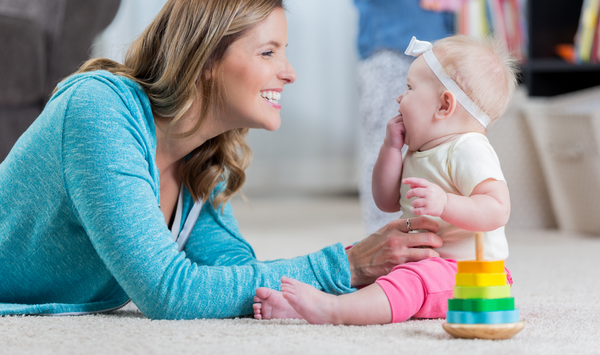Introducing Bread to Your Baby: Safe Tips

Learn when and how to introduce bread to your baby’s diet safely. Find expert tips for a smooth transition. Keep your little one safe and healthy!
Safe Ways to Introduce Bread to Your Baby’s Diet
Introduction:

Ready to share the joy of bread with your baby? It’s an exciting step! This guide makes it simple and safe. We’ve covered you, from picking the proper bread to adjusting textures by age. Discover easy serving ideas and keep in mind the nutritional perks. Every baby is unique, so this is a flexible roadmap for a worry-free and joyful experience. Enjoy this tasty journey with your little one!
When Can Babies Have Bread?
Introducing bread into your baby’s diet typically begins around 6 to 8 months, coinciding with their developmental readiness for more textured foods. However, individual factors and guidance from your pediatrician should determine the right time to introduce this food.
How to Prepare Bread for Your Baby:
Preparing bread for your baby involves considerations for safety and digestibility.
Here’s a step-by-step approach:
- Choose the Right Bread:
Choose whole-grain or enriched bread with minimal additives. Look for bread that’s low in salt and sugar.
- Texture Modification:
For younger babies (around 6-9 months), moisten the bread with breast milk, formula, or water. As your baby grows, you can offer slightly firmer textures.
- Cutting and Sizing:
Cut the bread into manageable pieces appropriate for your baby’s age and ability to hold and chew.
Preparing Bread for Different Ages:
- For a 6-month-old:
Offer small, soft, and appropriately-sized pieces of well-moistened bread. It helps them explore taste and texture.
- For a 9-month-old:
You can offer slightly firmer bread pieces, encouraging your baby to use their emerging chewing skills.
- For 12 Months and Up:
Your baby may be ready for small, bite-sized bread pieces. Introduce these as part of their self-feeding journey.
Bread Serving Ideas for Babies:
- Spread with Nut Butter:
A thin layer of unsalted and unsweetened nut butter on soft bread can provide protein and healthy fats.
- Mashed Avocado Toast:
Mash ripe avocado onto whole-grain bread for a nutrient-rich spread.
- Fruit-Topped Toast:
To make a delicious and healthy sandwich, you can top bread with thinly sliced soft fruits like bananas or berries for added flavor and vitamins.
Benefits of Bread for Babies:
- Energy Source:
Bread provides carbohydrates, an important energy source for growing babies.
- Fiber Intake:
Whole-grain bread can contribute to healthy digestion due to its fiber content.
- Nutrient Boost:
Enriched bread can offer essential vitamins and minerals like B vitamins and iron.
- Texture Exploration:
Bread introduces a new texture element to babies’ palates, aiding oral development.
Avoid Common Pitfalls:
- Early Introduction:
Avoid offering bread too early (before six months), as it might not align with their digestive abilities.
- Texture Progression:
Adjust bread textures to match your baby’s developmental stage, starting with softer options and progressing as they grow.
Can Babies Be Allergic to Bread?
While bread allergies are rare, it is essential to watch for any indication of allergic reactions when introducing them. Start with a small portion and observe your baby’s response.
Can babies choke on bread?
Bread can pose a choking risk due to its texture if not properly softened or cut into suitable pieces. Ensure that you prepare it in a manner that minimizes the risk of choking.
Conclusion:
Following these guidelines ensures a safe and enjoyable introduction of bread to your baby’s diet. Always remember that every baby is unique, so adapting these suggestions to your baby’s needs and developmental progress is essential. If you have any concerns, don’t hesitate to consult your pediatrician for personalized guidance.






